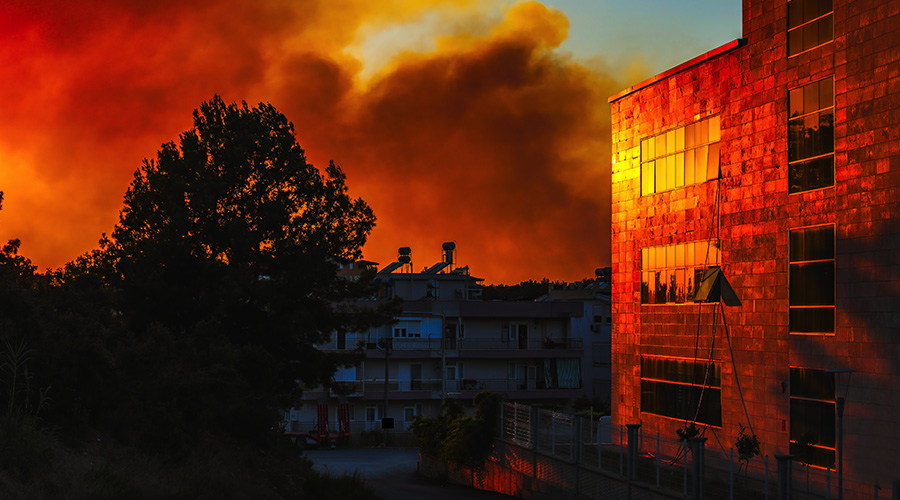Emergency Planning: First Responders Get Attention
Maintenance and engineering managers and their departments operate under a perpetual cycle of activity. Front-line technicians chase too-hot calls all summer, and as hot summers come to a close, cold weather creeps in, and too-cold calls begin. Building occupants and owners are fortunate to have such a loyal group of dedicated professionals who seem to possess boundless energy, expertise, and courage.
Why mention courage when discussing front-line maintenance and engineering technicians? Because in many cases, an emergency in an institutional or commercial facility requires them to carry out key — and often dangerous — activities as part of the organization's response to the situation. Though often overlooked, ensuring technicians' safety must be a central part of every organization's emergency planning and response process.
The Forgotten Responders
Much discussion has taken place regarding the safety of first responders — firefighters and police officers, primarily — and rightfully so. But little discussion has occurred regarding the safety of second responders —typically, trades people, building engineers, and remedial and clean-up personnel.
First responders tend to get more attention for their efforts because they have to react in real time during an emergency. Events on Sept. 11, 2001, demonstrated the dangerous nature of the work first responders perform.
But the work of second responders is no less dangerous. The critical difference is that when second responders begin their work, the initial emergency might have passed, and the media and general public probably have moved on to other, more immediate events.
When examining an emergency event to assess the hazards for second responders, it helps to break the incident down into three basic stages: the event, such as a chemical spill or hurricane; the search for and rescue of people; and the restoration of buildings and other physical assets.
Once the trigger event has passed, many people believe the danger has subsided, as well. But that simply is not true. Much of the discussion surrounding emergency planning and response involves the first two stages, but here the focus is on the hazards of the third stage, the restoration of the building and other physical assets.
Related Topics:














